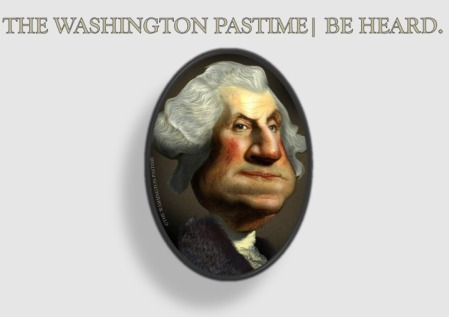The dystopian craze is on the verge of becoming an epidemic. Yet while the future is bleak within their pages, there is a tremendous amount of hope to be found in the unsettling future of this widely popular genre. But what do readers really gain from these books? And more importantly, what does our dystopian binge say about our outlook
Dystopia is defined by the Oxford English Dictionary as “an imagined place or state in which everything is unpleasant or bad,” usually as a result of environmental degradation or totalitarian government. In short, these books are a societal pessimist’s prediction of where we’re headed.
Dystopian fiction has existed in some form or another since the 19th century. Some of the earliest examples are Oliver Bolokitten’s 1835 A Sojourn in the City of Amalgamation, and more famously, The Time Machine, by H.G. Wells. Wells’s novella, which was published in 1895, is a shining example of our society gone wrong. With a future that seems nothing short of backwards, Wells popularized a trend of dystopian literature that would include roughly 8 books per decade over the next century, including some of the most popular books of modern times.
Those books, which include George Orwell’s 1984, Ray Bradbury’s Fahrenheit 451, and Anthony Burgess’s A Clockwork Orange (each belonging to a different decade) stand as testament to both the resonance of dystopian literature and compelling reflections on the fears of a society at a particular moment
Continuing to track the release of dystopian books, however, reveals a pronounced boom in the 2000’s. With 37 books published from 2000-2010, and 17 in the two years since, it seems that more authors are imagining a world/future where something isn’t quite right than ever before. At any rate, the genre seems poised to completely eclipse the preceding century with regard to the volume of books published. But now, as then, a certain book within the genre seems to have emerged as the “people’s choice” for posterity.
That book is Suzanne Collins’s The Hunger Games. A dystopian trilogy, Hunger Games recently celebrated its theatrical release by shattering nearly all box office records. With such popularity, Collins has virtually guaranteed a long-term readership, as generations to come will surely “volunteer as tribute” to engage this perfect example of modern dystopian fiction
And her readership will span decades. That’s another unique aspect of the dystopian novel – it has a pronounced shelf life; a sustainability worth considering. Most novels have a shelf life of roughly 15 years. Yet, a generation’s “dystopian pick” is seemingly elevated to a literary canon spanning generations. The books are taught in schools, and widely cited in political circles. And truly, dystopian novels create an environment of caution.
Perhaps “caution” is the greatest strength of dystopian literature. These books are passed on from generation to generation, after all. As they are, phrases and axioms seamlessly fuse with our social vernacular, despite the best efforts of Big Brother. From dystopian lit., we learn about our past as well as our social fears. And still, because perceptive youths are asked to digest these lessons, the importance of both [our past and social fears] as crucial tools in building for our future cannot be overstated.
That is, however, only the surface resonance of the dystopian genre. There are other arguments to be made, and contrary rationale to consider. To begin, there is a Candide-ian argument that would have us believe our world is the best of all possible worlds, and thus, we should be grateful for our struggles. Even in war, this argument goes, it-could-be-worse.
Running congruent to this hypothesis is the idea that by heeding cautionary tales, injustice can be overcome. Predatory Violence (A Clockwork Orange) the dangers of our reliance on technology (Fahrenheit 451), and censorship (1984) might all be problems we never have to confront, we hope, so long as their potential is fully understood by future generations.
Finally, there’s the fact that dystopian literature is changing. This generation’s exemplar series, Hunger Games, is not about a decline in morals, nor does it seek to temper the sacrifices of combat. Instead, it should be looked at as a very humanistic belief in the palpability of hope in the face of insurmountable obstacles. It’s a powerful tool, and one that seeks to depart from “dystopian classics” that offer no escape from a flawed reality.
It is this singular distinction — that The Hunger Games offers hope for people to change or re-claim their future, that is ultimately responsible for the book’s (and movie’s) success.
After all, the newest generations to take control of our society have read all of the classics. They’re keenly aware of what to avoid, and have been trained to spot and oppose oppression. They care for their environment and they value the middle class. Yet, in spite of all these lessons, they’ve never been offered an opportunity to fix a wrong in a Dystopia.
Finally, however, that once steadfast rule is becoming flexible. And when a story affords flexibility, when it allows a reader to solve a problem created by someone else at some other time, it becomes an interactive experience, rather than a cautionary one. Perhaps it is simply more commentary on the present generation, but I for one would welcome a future where the darkest part of the night is followed closely by the rising sun.
Follow Mike Vidafar on twitter @mikevidafar




